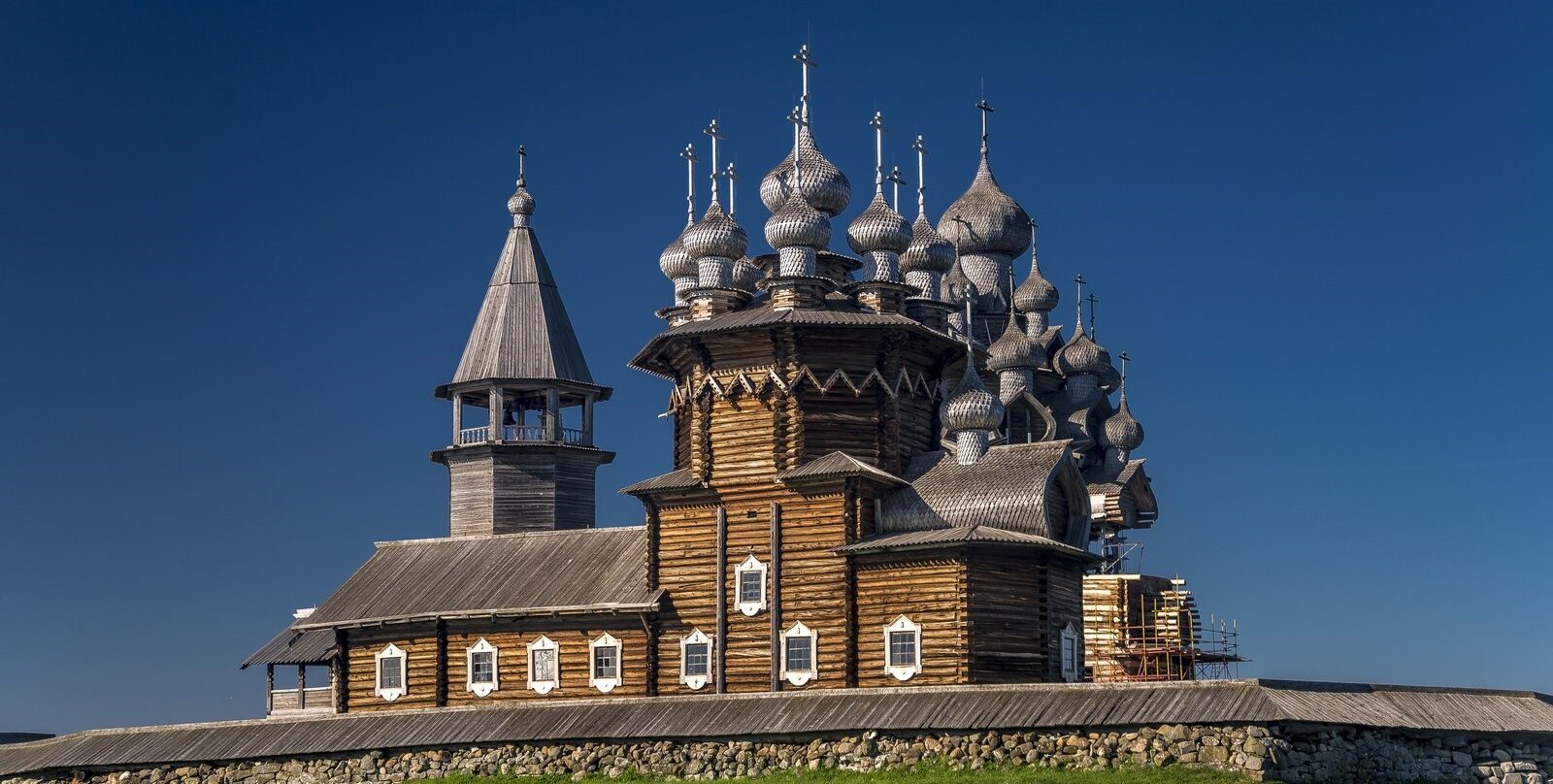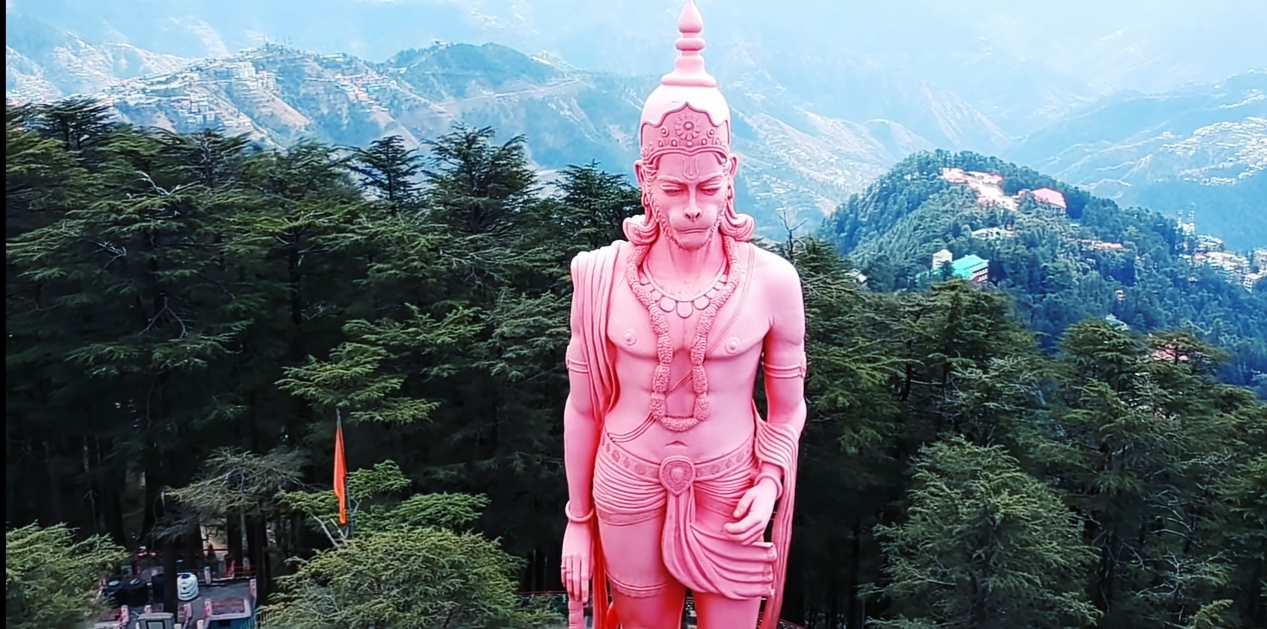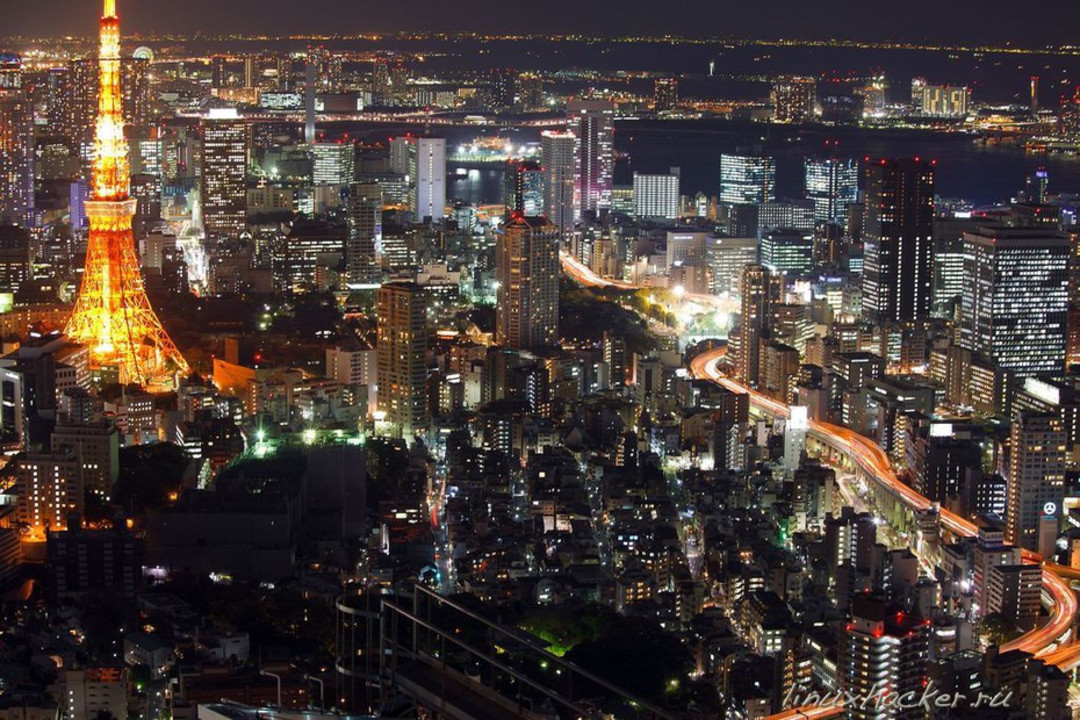The Kizhi churchyard, or the Spaso-Preobrazhensky churchyard, is located in the north of the European part of Russia, in Karelia, on one of the islands of Lake Onega. The modern Kizhi Pogost is a small space enclosed by a wooden wall, inside which there are unique monuments of wooden architecture, two churches and a bell tower. These buildings, differing in height and outlines, nevertheless constitute a single and extremely picturesque ensemble, which, moreover, perfectly fits into the harsh northern landscape.
These tall wooden buildings, located in a high place, not far from the coast of the island, look especially good from the water – from the board of cruise ships that visit these places regularly. The “core” of the entire ensemble is formed by the Transfiguration Church (erected in 1714) – obviously, the most complex in design of all the monuments of northern wooden architecture. The Church of the Intercession, built in 1764, is lower in height, smaller in size and simpler in architecture than the neighboring Church of the Transfiguration.
It has nine chapters – one central, plus eight around the circumference, and all together they form a kind of “crown”. The tent-roofed bell tower is located between the two churches. Although it was built much later (in 1874), i.e. already in the era of the decline of northern wooden architecture, it fits very well into the general landscape of the churchyard. Its height is almost the same as that of the Transfiguration Church, and the roof has the shape of a high tent-cone. plus eight around the circumference, and all together they form a kind of “crown”.
The tent-roofed bell tower is located between the two churches. Although it was built much later (in 1874), i.e. already in the era of the decline of northern wooden architecture, it fits very well into the general landscape of the churchyard. Its height is almost the same as that of the Transfiguration Church, and the roof has the shape of a high tent-cone. plus eight around the circumference, and all together they form a kind of “crown”. The tent-roofed bell tower is located between the two churches. Although it was built much later (in 1874), i.e. already in the era of the decline of northern wooden architecture, it fits very well into the general landscape of the churchyard. Its height is almost the same as that of the Transfiguration Church, and the roof has the shape of a high tent-cone.
Read More About World Heritage Sites
- Primeval Beech Forests Carpathians & Regions of Europe
- Gjirokastra, Albania – “The Stone City”
- Butrint – The First Archaeological Of Albania
- City of Ohrid – Natural and Cultural Heritage
- Ramappa Temple – The Kakatiya Rudreshwara Temple
Frequently Asked Questions About Kizhi Pogost
Q. What was Kizhi Pogost used for?
A – The Kizhi Pogost represents an important step in the establishment of Orthodoxy in the Russian North. The churches have been used for worship since their construction, except in the Soviet period of 1937–1994.
Q. Why is Kizhi Island famous?
A – Preobranzhenskaya (Conversion) Church on Kizhi Island, Republic of Karelia, Russia. Today the island is best known for its history and architecture museum site (opened 1960), which houses early wooden barns, houses, a windmill, and several churches as part of an open-air museum. was collected and restored.
Q. What is unique about the churches built on Kizhi Island?
A – The church has 22 domes and with a height of 37 meters is one of the tallest wooden buildings in Northern Europe. Its circumference is 20×29 meters. It is believed that the 18-dome church on the southern shore of Lake Onega – built in 1708 and destroyed by fire in 1963 – was its forerunner.
Q. What common building materials are missing in Kizhi Pogost?
A – The most famous of them is Kizhi Pogost. It is a grand UNESCO World Heritage Site with ornate 18th-century church buildings made entirely of wood.
Q. What is Prerub?
A – The base of the structure is an octahedral frame with four two-stage side attachments called “prerubs”. The eastern prerub has a pentagonal shape and contains an altar. … the structure is covered in 22 domes of various shapes and sizes, running from the top to the sides.












